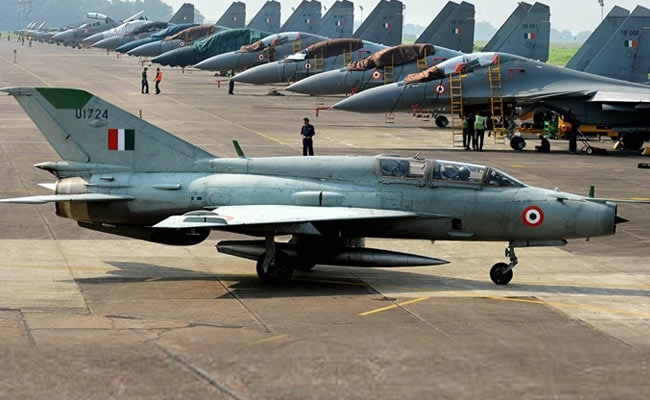The MiG-21, a supersonic jet fighter that served various air forces around the world, has long been a topic of discussion, especially concerning its operational effectiveness and the challenges faced by pilots. While the aircraft itself has a storied legacy, it is not the jet but rather the training of pilots that has often been cited as the primary factor in the challenges experienced during its operational lifespan. Many pilots found themselves ill-prepared to handle the complexities of flying the MiG-21 effectively, leading to avoidable accidents and mishaps.
Training programs for pilots of the MiG-21 were often inadequate, focusing heavily on basic maneuvers without fully immersing pilots in the aircraft’s unique characteristics and limitations. This lack of comprehensive training became glaringly apparent in high-pressure situations, where pilots struggled to adapt their skills to the demands of the jet. The MiG-21, while agile and capable, requires a nuanced understanding of its flight dynamics, and without sufficient training, pilots could find themselves overwhelmed, leading to fatal errors in judgment.
Moreover, the disparity in training resources between different air forces that operated the MiG-21 exacerbated the issue. Some nations had access to more advanced simulators and instructional resources, while others relied on outdated methodologies. This inconsistency resulted in a wide variation in pilot proficiency, with some pilots excelling and others facing significant challenges, especially during critical missions. The aircraft’s design, while innovative for its time, also necessitated a level of situational awareness and technical skill that many pilots were not adequately trained to achieve.
Ultimately, the narrative surrounding the MiG-21 serves as a poignant reminder of the importance of effective pilot training in maximizing the potential of any aircraft. Investing in comprehensive training programs that prioritize real-world scenarios and advanced flight techniques can significantly enhance pilot performance and safety. The MiG-21’s legacy may be intertwined with both its technological achievements and the shortcomings of the training regimens that accompanied its use, underscoring the critical need for continuous improvement in pilot education within the aviation industry.




